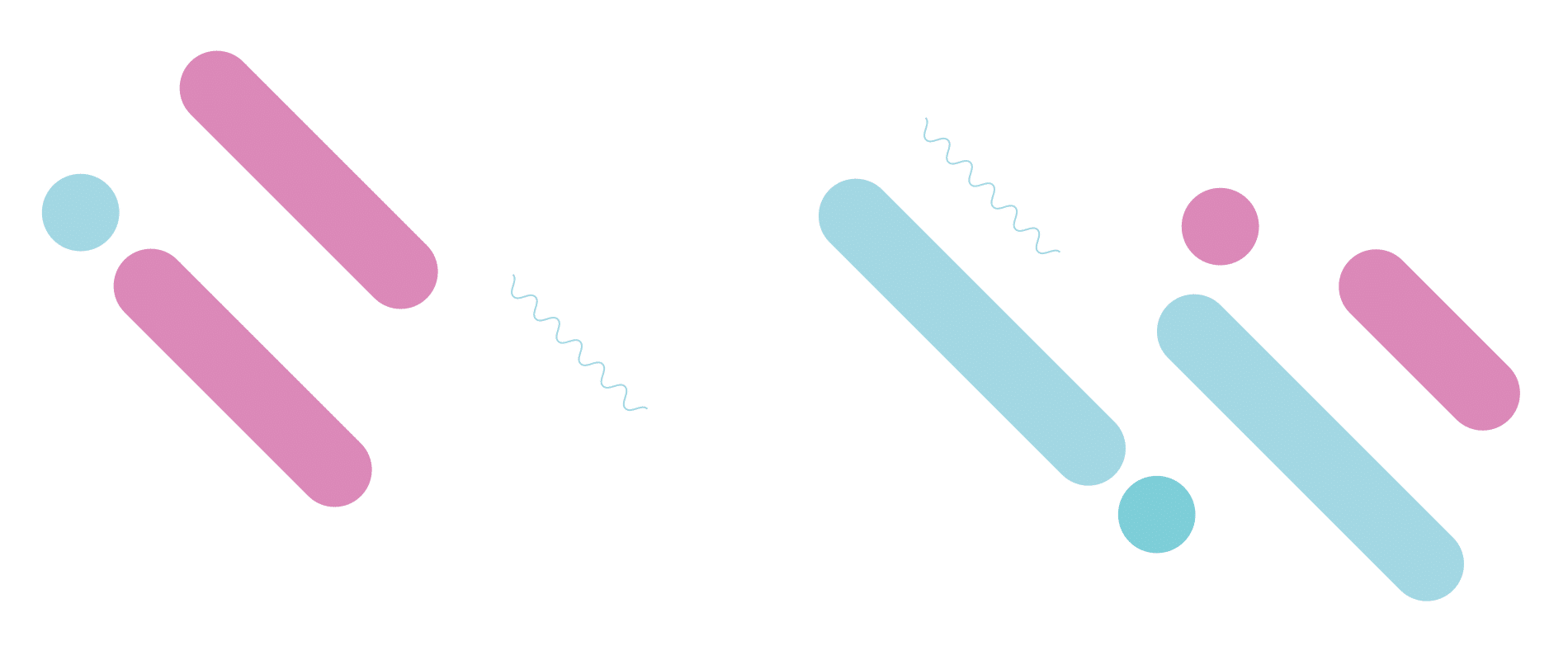

Presentazione
Take My Class Online as a Bridge Between Traditional Pedagogy and Digital Pedagogy
Introduction
Education is undergoing a profound Take My Online Class transformation. The rise of digital technologies has reshaped the ways in which students learn, teachers instruct, and institutions deliver knowledge. Traditional pedagogy, with its emphasis on face-to-face instruction, structured classroom environments, and standardized assessments, has long served as the foundation of formal education. However, digital pedagogy—centered around online learning, multimedia resources, and flexible learning pathways—is increasingly influencing how students engage with content and develop skills.
Take My Class Online services represent a critical bridge between these two pedagogical approaches. Initially designed to support students in completing online coursework, these platforms have evolved to facilitate seamless integration of traditional instructional strategies with digital learning environments. By combining personalized support, adaptive resources, and tutoring with technological tools, Take My Class Online platforms enable learners to navigate the complexities of digital education while maintaining connections to traditional pedagogical principles.
This article examines the role of Take My Class Online in bridging traditional and digital pedagogy, highlighting its benefits, mechanisms, challenges, and future potential in modern education.
Understanding Traditional and Digital Pedagogy
- Traditional Pedagogy
Traditional pedagogy is characterized by structured, teacher-centered approaches:
- Face-to-Face Instruction: Learning occurs primarily in classrooms where the instructor leads discussions and activities.
- Standardized Curriculum: Courses follow a fixed syllabus with predetermined objectives and assessments.
- Direct Feedback: Teachers provide immediate guidance and evaluate student performance through exams, assignments, and participation.
- Social Interaction: Students benefit from peer discussions, group work, and collaborative learning.
While effective in many contexts, traditional Pay Someone to do my online class pedagogy can be rigid, less adaptable to individual learning differences, and limited in accessibility for students with varying schedules or geographic constraints.
- Digital Pedagogy
Digital pedagogy leverages technology to facilitate learning in online or hybrid environments:
- Flexible Learning: Students can access content asynchronously or synchronously from any location.
- Multimedia Integration: Instruction includes videos, simulations, interactive exercises, and virtual labs.
- Data-Driven Insights: Learning analytics provide instructors with information on engagement, performance, and progress.
- Self-Paced Learning: Students navigate materials according to their own pace, supporting personalized learning.
Although digital pedagogy offers flexibility and innovation, it can also create challenges such as isolation, self-regulation demands, and disparities in digital access.
- The Need for Bridging the Gap
The differences between traditional and digital pedagogy underscore the need for integrative support:
- Students transitioning from structured classrooms to online courses may struggle with autonomy and time management.
- Teachers may find it difficult to replicate the social interaction and engagement of in-person instruction online.
- Learning outcomes may be inconsistent when students lack guidance in navigating online platforms or adapting traditional study habits to digital contexts.
Take My Class Online platforms serve as a bridge, facilitating alignment between established teaching practices and emerging digital methodologies.
The Strategic Role of Take My Class Online Platforms
Take My Class Online platforms contribute nurs fpx 4065 assessment 5 to bridging traditional and digital pedagogy through multiple mechanisms:
- Personalized Academic Support
- Tutors provide individualized guidance that mirrors the direct instruction of traditional classrooms.
- Students receive explanations, clarifications, and step-by-step assistance, replicating face-to-face interaction in a digital environment.
- Personalized support ensures that learners can successfully navigate online coursework while maintaining comprehension and performance standards.
- Integration of Digital Tools with Pedagogical Principles
- Platforms leverage multimedia, virtual simulations, and interactive modules to reinforce traditional concepts.
- Tutors guide students in using digital tools effectively, translating conventional study techniques into online contexts.
- This integration ensures that digital resources complement rather than replace foundational pedagogical strategies.
- Scaffolding and Guided Learning
- Take My Class Online services provide structured support, helping students progress through complex assignments or courses.
- Stepwise guidance replicates scaffolding methods used in traditional classrooms, gradually building competence and independence.
- By offering incremental support, these platforms help students adapt to self-paced digital learning without sacrificing mastery of content.
- Promoting Self-Regulation and Independent Learning
- Digital pedagogy requires strong self-directed learning skills.
- Tutors assist students in developing time management, study planning, and self-assessment strategies.
- These skills are foundational in bridging traditional teacher-led structures with digital autonomy, fostering lifelong learning competencies.
- Facilitating Interaction and Collaboration
- Platforms support virtual discussion nurs fpx 4015 assessment 1 forums, group assignments, and peer collaboration.
- Tutors mediate interactions and provide guidance, ensuring collaborative learning mirrors social and cognitive benefits of in-person classrooms.
- By fostering engagement, Take My Class Online platforms address the potential isolation of digital learning while reinforcing collaborative skills.
- Assessment and Feedback Integration
- Continuous assessment and timely feedback replicate traditional evaluation methods.
- Tutors review assignments, quizzes, and projects, providing constructive guidance to reinforce learning objectives.
- Feedback mechanisms ensure that students experience both the immediacy of traditional instruction and the flexibility of online learning.
Benefits of Bridging Traditional and Digital Pedagogy
- Enhanced Academic Performance: Personalized support and scaffolding improve comprehension and retention of material.
- Smooth Transition to Online Learning: Students accustomed to traditional classrooms adapt more effectively to digital formats.
- Equitable Access: Platforms provide guidance and resources for learners from diverse backgrounds, reducing disparities.
- Development of 21st-Century Skills: Students gain digital literacy, self-regulation, and collaborative skills essential for modern workplaces.
- Reduced Cognitive Overload: Tutors help students navigate complex digital content while reinforcing foundational concepts.
- Increased Engagement and Motivation: Interaction with tutors and peers sustains participation and reduces disengagement in online courses.
- Support for Diverse Learning Styles: Visual, auditory, and kinesthetic learners can access materials and tutoring strategies aligned with their preferences.
These benefits highlight the value of integrating Take My Class Online services into hybrid and fully digital learning environments.
Mechanisms for Effective Bridging
- Adaptive Learning and Personalization
- Platforms use performance analytics to identify gaps in knowledge and adjust instruction accordingly.
- Personalized interventions align with each student’s pace, ensuring mastery before progression.
- Adaptive learning mirrors differentiated instruction in traditional classrooms, providing targeted support in digital contexts.
- Cognitive Scaffolding
- Tutors provide step-by-step guidance, breaking complex tasks into manageable components.
- Structured scaffolding reinforces understanding, gradually reducing dependence on external support.
- This approach integrates traditional teaching strategies into online platforms, promoting independence.
- Emotional and Motivational Support
- Tutors offer encouragement, validate challenges, and foster resilience, addressing the socio-emotional aspects of learning.
- Emotional support replicates the classroom environment where instructors monitor student well-being.
- Motivation and confidence-building are essential in bridging traditional and digital pedagogical experiences.
- Collaborative Learning Structures
- Platforms enable virtual group discussions, projects, and peer feedback sessions.
- Collaborative mechanisms replicate social learning dynamics of traditional classrooms.
- Tutors guide interactions to ensure constructive engagement, promoting both cognitive and social development.
- Feedback Loops and Iterative Improvement
- Continuous feedback ensures students can identify strengths, address weaknesses, and adjust strategies.
- Timely evaluation replicates the immediate feedback typically found in classroom instruction.
- Iterative guidance ensures learning is cumulative, structured, and aligned with academic standards.
Challenges in Bridging Traditional and Digital Pedagogy
While Take My Class Online platforms provide significant benefits, challenges remain:
- Digital Divide: Access to technology and stable internet remains uneven, limiting equitable participation.
- Tutor Quality and Training: Effective bridging requires tutors skilled in both traditional pedagogical strategies and digital platforms.
- Integration with Curriculum: Coordination with institutional curricula is necessary to ensure seamless alignment.
- Overreliance on Platforms: Excessive dependence may reduce student initiative and critical thinking.
- Maintaining Engagement: Sustaining motivation in online environments requires continuous innovation in pedagogy and platform design.
- Assessment Consistency: Ensuring that online evaluations align with traditional standards requires careful planning and oversight.
Addressing these challenges is critical for maximizing the effectiveness of Take My Class Online as a bridging tool.
Best Practices for Effective Integration
- Align Tutoring with Learning Objectives: Ensure online support reinforces classroom goals.
- Promote Self-Regulation: Gradually develop student independence while providing scaffolding as needed.
- Integrate Multimedia and Interactive Tools: Enhance engagement and replicate diverse teaching methods.
- Foster Social Learning: Encourage collaboration and discussion to maintain social and cognitive benefits.
- Monitor and Evaluate Performance: Use data analytics to adjust support and ensure alignment with curriculum outcomes.
- Provide Professional Development for Tutors: Train instructors in hybrid pedagogy and digital facilitation strategies.
- Ensure Accessibility and Equity: Accommodate learners with disabilities and address technology gaps.
- Incorporate Reflective Practices: Encourage learners to self-assess and adapt strategies, bridging traditional reflection techniques with digital learning habits.
Implementing these practices ensures that Take My Class Online platforms function as effective bridges between pedagogical models.
Future Directions
The evolving educational landscape suggests several future trends:
- AI-Driven Personalized Support: Artificial intelligence will enable real-time adaptation of learning materials, feedback, and interventions.
- Virtual Reality Integration: Immersive simulations will provide hands-on experiences that replicate traditional laboratory or field activities online.
- Global Collaborative Projects: Platforms will connect learners worldwide, promoting intercultural understanding and collaborative skill development.
- Enhanced Accessibility: Advances in assistive technologies will ensure inclusive participation for students with diverse learning needs.
- Data-Informed Pedagogy: Learning analytics will guide instructional design, intervention strategies, and curriculum development.
- Holistic Support Systems: Integration of tutoring, counseling, and wellness resources will promote both academic success and socio-emotional resilience.
These innovations will further strengthen the role of Take My Class Online in bridging traditional and digital pedagogy, ensuring learners thrive in hybrid and online environments.
Conclusion
The convergence of traditional and digital nurs fpx 4905 assessment 3 pedagogy is a defining feature of modern education. While each approach has distinct strengths, bridging the gap between structured, in-person instruction and flexible, technology-driven learning is essential for maximizing student outcomes. Take My Class Online platforms play a critical role in this integration, providing personalized support, adaptive resources, scaffolding, and emotional guidance that connect conventional teaching strategies with digital innovation.
By facilitating comprehension, engagement, collaboration, and self-regulation, these platforms ensure that learners transition smoothly from traditional classrooms to online environments while retaining the cognitive, social, and emotional benefits of face-to-face instruction. Despite challenges such as digital equity, tutor training, and integration complexity, best practices—including alignment with curricula, adaptive learning, collaborative structures, and reflective practices—enable Take My Class Online services to function as strategic bridges.
Looking ahead, emerging technologies such as AI, virtual reality, and data-driven analytics will enhance the capacity of these platforms to support hybrid and digital learning. By combining the best elements of traditional and digital pedagogy, Take My Class Online platforms empower learners, enhance institutional effectiveness, and contribute to a more inclusive, flexible, and resilient educational ecosystem.
In summary, Take My Class Online is not merely a supplemental tool; it is a strategic enabler, fostering continuity between established teaching practices and the demands of modern digital learning environments. Its role in bridging pedagogical approaches ensures that students are equipped to navigate the complexities of contemporary education, achieving both academic success and long-term learning resilience.
More Articles:
Take My Class Online and Its Role in Supporting Students Pursuing Online Laboratory Simulations
Supporting Learners in Courses Requiring Advanced Statistical Competence Through Virtual Help
Dettagli
- Nome d’arte
- Riyogav406
- Nome e Cognome
- riyo gav406
- Residenza
- Benevento
- Sesso
- Donna
Radio attuale
- Nome radio
- -
- Copertura
- -
- Programma
- -







